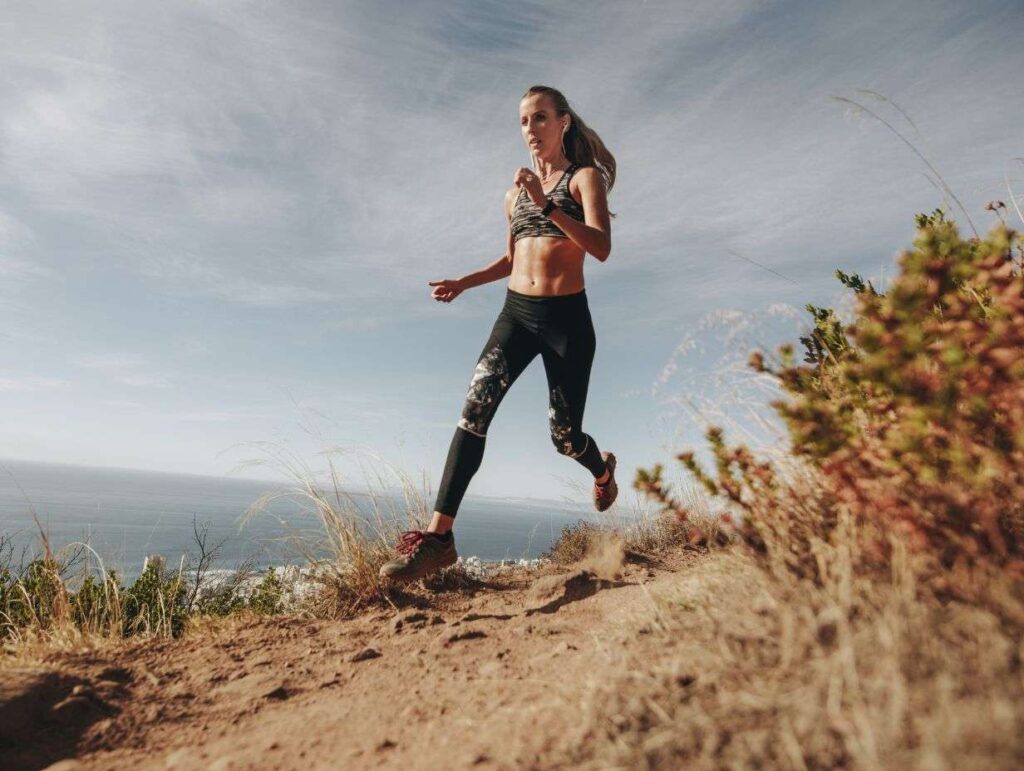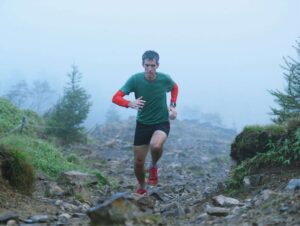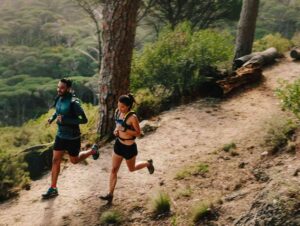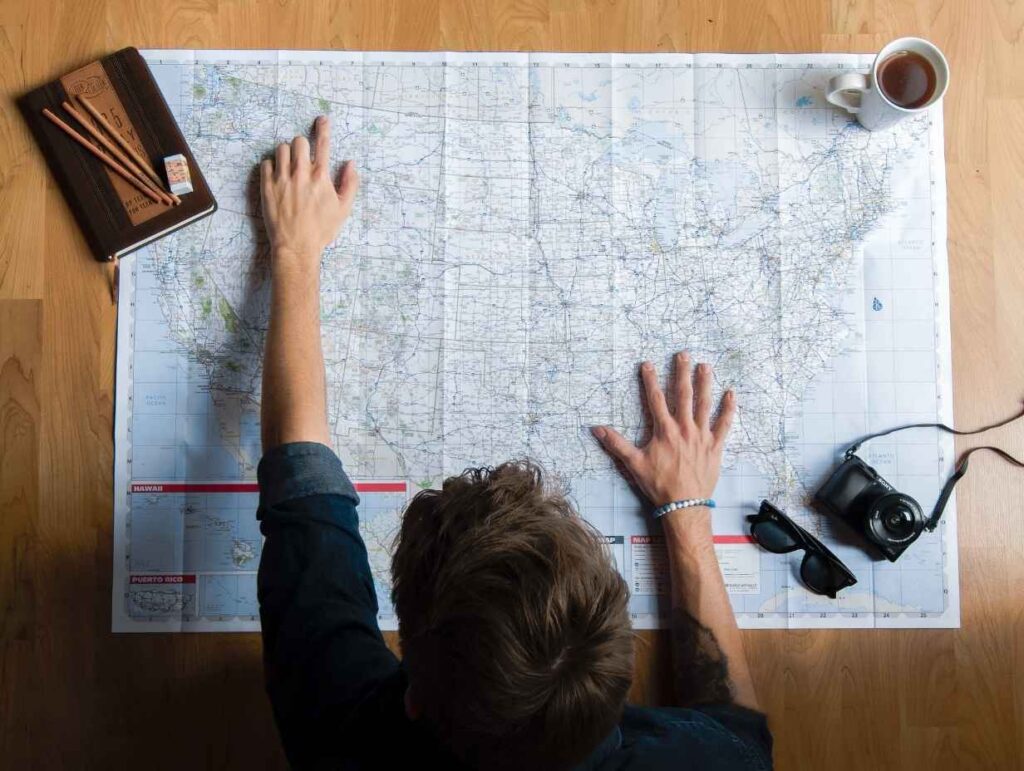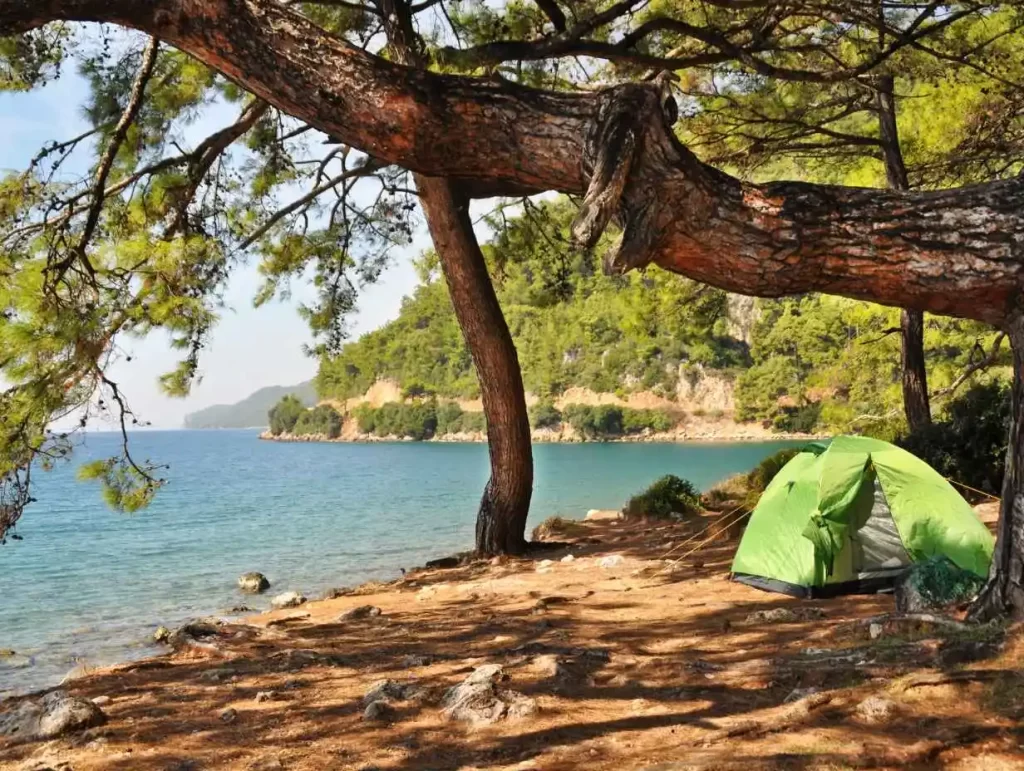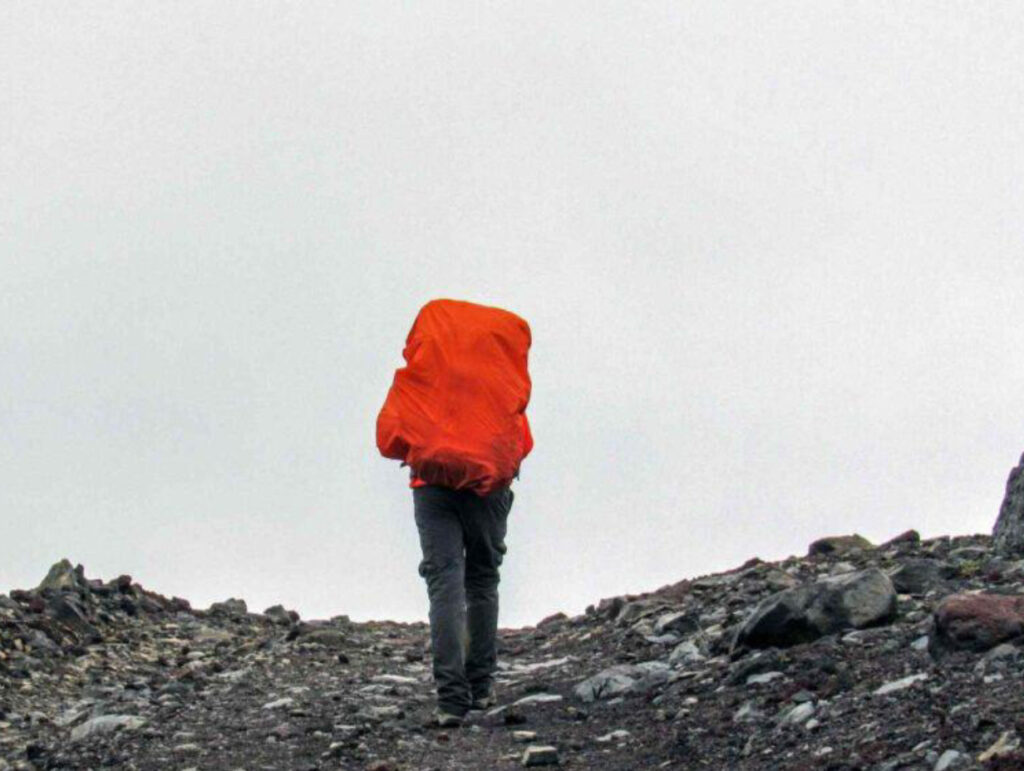Fell Running Confidence: Master Mountains & Stay Safe
Must-Have Safety Kit: Your Mountain Running Checklist
Safety on the fells starts with proper kit. The Fell Runners Association (FRA) sets clear guidelines for essential equipment. These aren’t just rules – they’re life-savers in the unpredictable mountain environment.
Every fell runner needs waterproof gear with taped seams, a map, compass, whistle, and emergency food. Mobile phones help, but never rely on them as your only safety device. Battery life drops quickly in cold weather, and signal can be patchy in remote areas.
Footwear matters more than you might think. Trail running shoes aren’t always enough – fell-specific shoes offer better grip on wet rock and loose ground. Look for deep lugs and sticky rubber soles designed for mountain terrain.
Get Fit for the Fells: Build Your Mountain Strength
Mountain running demands different fitness than road or trail running. The repeated climbs and descents work your muscles in new ways. Start with hiking the steepest hills in your area. Then add short running sections on gentler slopes.
Core strength becomes crucial on technical ground. Include planks, side planks, and mountain climbers in your training. Strong ankles prevent injuries on rough terrain – try single-leg balance exercises and calf raises.
Master Mountain Navigation: Find Your Way With Confidence
Navigation mistakes in the mountains can turn serious quickly. Start by learning to read a map in good weather. Practice matching land features to map symbols. Find obvious landmarks like peaks, valleys, and streams.
A simple exercise: pick a point 500 metres away. Use your map to get there, then find your way back. Gradually increase the distance and complexity. Add compass work once you’re comfortable with basic map reading.
Digital tools can help but shouldn’t be your primary navigation method. They complement traditional skills rather than replace them.
Run the Fells Like a Pro: Essential Movement Skills
Moving efficiently in the mountains saves energy and reduces injury risk. Uphill, take shorter steps and use your arms. Think about pushing your knees up rather than forward. On steep ground, zigzag rather than going straight up.
Downhill requires confidence and control. Lean slightly forward from the ankles, not the waist. Keep your feet under your body – overstriding leads to slips. Look ahead to pick your line, not directly at your feet.
Train Your Mind for Mountain Running Success
Mental preparation matters as much as physical training. Start with routes well within your comfort zone. Build confidence gradually by tackling one new challenge at a time – maybe a steeper climb or a longer distance, but not both together.
Accept that conditions won’t always be perfect. Learn to assess risks rationally. Bad weather doesn’t always mean turning back, but it does require extra caution and regular situation assessment.
From Walker to Fell Runner: Your Week-by-Week Guide
- Week one: Walk your chosen routes. Note key landmarks and escape routes.
- Week two: Add running on gentle sections, walk the steeper parts.
- Week three: Increase running sections gradually.
- Week four: Practice navigation while moving faster.
Progress at your own pace. Some runners need more time at each stage – that’s perfectly normal and safe.
Enter Your First Fell Race: What You Need to Know
The Lake District hosts many beginner-friendly fell races. Start with category C races – these have less climbing and are usually shorter. Check race requirements carefully – many require full kit even in good weather.
Arrive early to register and check the route. Listen carefully at race briefings – they often include vital safety information and last-minute route changes.
Learn From Others: Top Mistakes New Fell Runners Make
Common errors include:
- Underestimating weather changes
- Relying too much on following others
- Carrying insufficient food and water
- Wearing new kit on race day
- Starting too fast on climbs
Each mistake teaches valuable lessons. The fell running community welcomes questions – don’t be shy about asking for advice.
Join the Fell Running Community: Find Your Support Network
Local fell running clubs offer invaluable experience and support. They organise regular training runs and can help you progress safely. The FRA website lists affiliated clubs across the UK.
Join guided runs before heading out alone. These sessions teach mountain skills in a supportive environment. Many clubs offer navigation courses and safety workshops.
Online communities provide additional support, but nothing beats real-world experience with experienced runners. Social media groups can help you find training partners and learn about local events.
Remember – every experienced fell runner started as a beginner. The sport’s strong amateur spirit means most are happy to share their knowledge. The journey from first steps to confident mountain runner takes time, but each run builds experience and ability.
Take Your Next Steps in Fell Running
Standing at the foot of your first fell, those mountain peaks might look like giants waiting to test your limits. The mix of excitement and nerves is natural – every fell runner has felt that flutter in their stomach before taking those first steps upward.
Every skill you’ve learned here stacks up like steps on your mountain journey. From safety basics to joining the fell running community, you’re building a foundation of confidence that grows stronger with each run. The fells aren’t just mountains to conquer – they’re opportunities to discover what you’re truly capable of.
The mountains are waiting. The fell running community is ready to welcome you. Your kit is packed, your routes are planned, and your training path is clear. All that’s left is to take that first step onto the fell.
Your mountain journey starts now. Let’s run.

